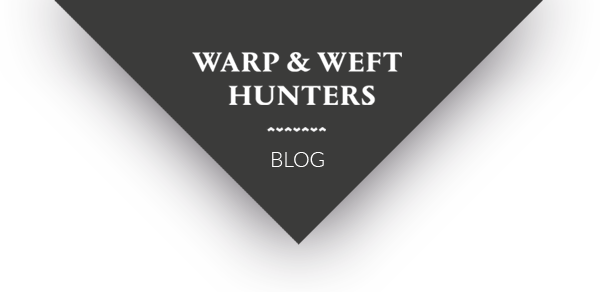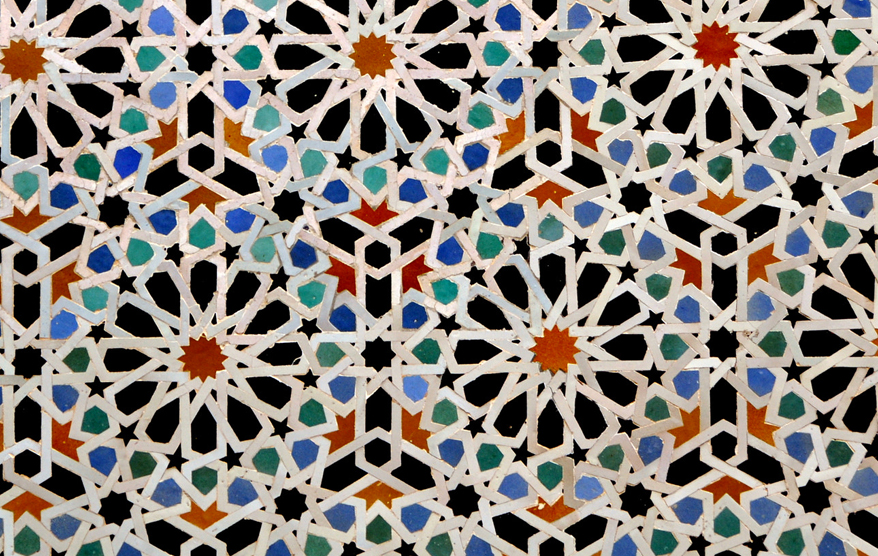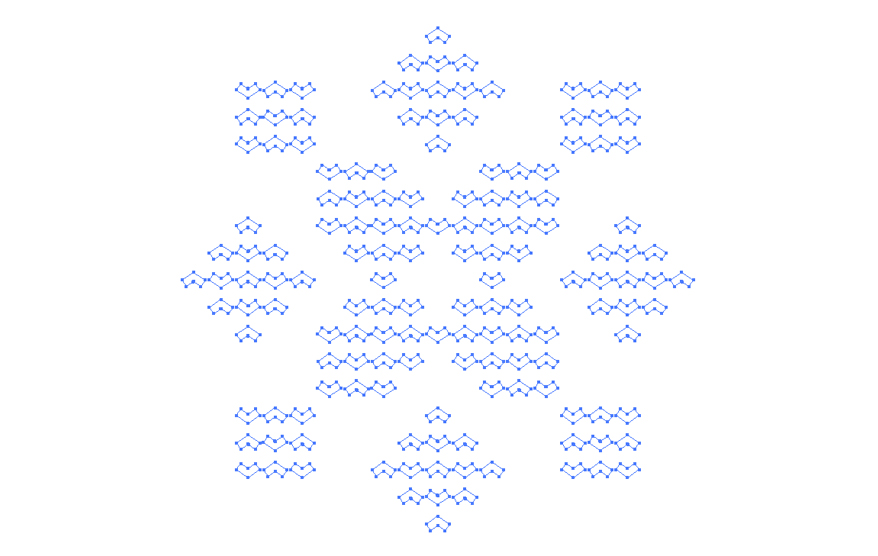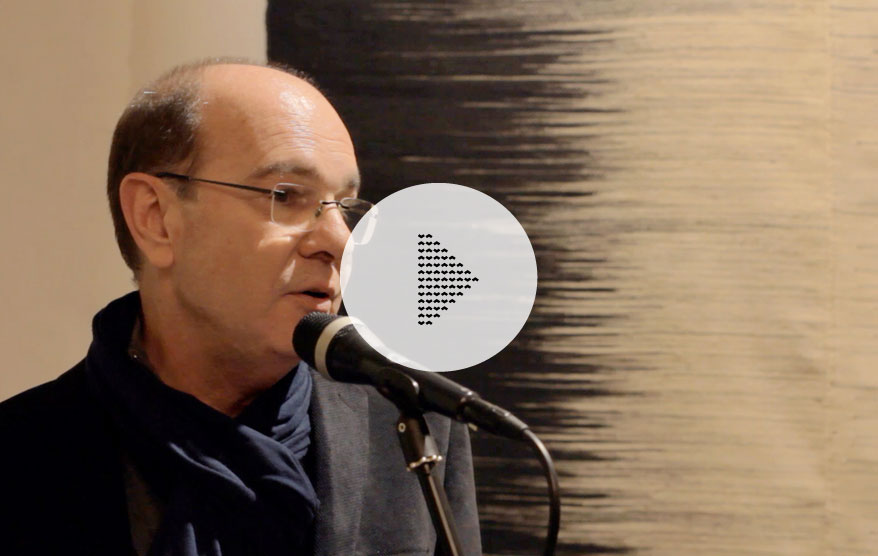
During 2015 we have fully redesigned Turkestan. The most visible change is our new gallery in the center of Barcelona, but we have also redesigned our brand, we have added an interior designer in our team, we have changed the way we exhibit our carpets and we have rethought the way we communicate with you all. In this post we are going to unveil some hidden stages of the creative process of our new logotype.
Since the start of 2015, our team has closely collaborated with Albert Trulls, a graphic designer specialized in illustration and lettering with a very dynamic career. He has worked with advertising agencies like Shackelton or design studios like Toormix and Mayúscula Brands, and his work has been awarded with two «Award of Excellence in Typography», given by the US magazine Communication Arts.
The briefing we set out to Albert consisted of five key points:
- Our company has been in Barcelona for a hundred years: we want to renovate our brand having in mind that Turkestan is a hundred-years-old project.
- Our carpets are hand-knotted: it is important to stress that feature from Turkestan’s products.
- We look for genuine designs from oriental countries: we are specially interested in reflecting the intercultural spirit of our project.
- We are warp and weft selectors: we want to communicate that we have been the first ones to introduce many carpet families in Barcelona.
- Art gallery: the new project must have the visual feeling of art galleries without loosing the shop-like essence.
Corporative Patterns
Albert Trulls’ proposal started by setting a graphic synthesis of the three types of weaving techniques: the persian knot, the turkish knot and the kilim, or flat weave.
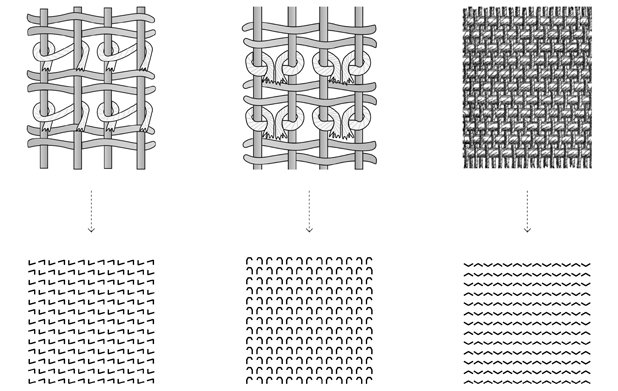
Persian or Senneh knot; turkish or Ghiordes knot; and flat weave or kilim, respectively.
Post series of 'A renewed hundred-years-old project'
The new symbol of Turkestan (II)
The new logotype of Turkestan (III)

